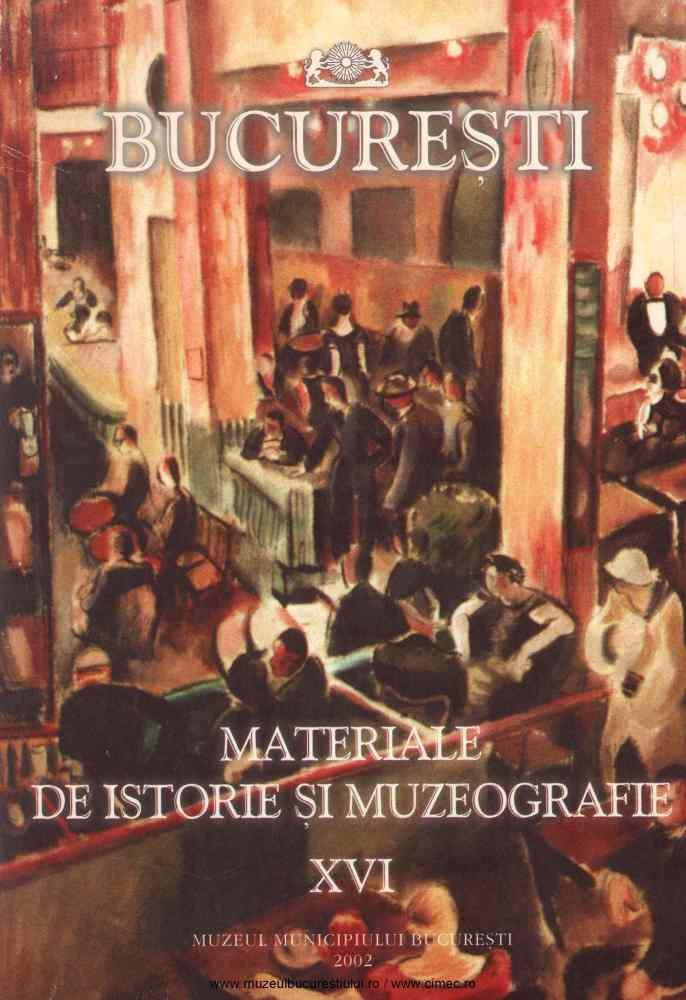
Aspecte ale culturii materiale vechi româneşti în lumina descoperirilor de pe teritoriul oraşului Buftea (secolele X-XI)
| Autori |
|
| Secţiunea |
|
| Limba de redactare | română |
|
Descriptori
|
|
| Excerpt | The last decades' archeological investigations (surveys of several micro zones, test-excavations and systematic excavations) have allowed scientists to clear up some aspects concerning the mediaeval village in the Bucharest hinterland. A study published in 1978 summarized up and confirmed the existence of 34 settlements on the territory of Bucharest and environs; among them, 65% were submitted to the archaeological exploration by excavations. A recent paper pointed out that their number has exacted 100. Researches often show that the archaeological materials are spread on very wide areas. This fact generated the impression that a rural settlement could spread on several hectares. The archaeological excavations in some settlements have allowed a reconsideration of the territory a village could develop upon, during this epoch. According to the stratigraphic situations and carful comparative analysis, several distinct chronological stages could be noticed, resulting from the villagers' abandonment of and rectum to the same area. By transposing these principles to the archaeological evidence resulted from the exploration of the Buftea town area, the shores of the lake Buftea ant the shores of the Colentina river, we may have the opportunity to make a review of the discoveries attributed to Early Middle Age period. Since 1953, researches have noticed the existence of several rural settlements, dating from the 9th-11th centuries. Among the settlements spread on the lake Buftea shore, the only one that was studied is situated at the „la Sălcii" point. There were investigated two dug-huts, each one endowed with a corner clay kiln. According to the ceramic material found in (striated pots and fire black decorated vessels) the guts were dated in the 9th centuries. On another occasion there was investigated an oven, dated from the 9th-11th centuries, according to the striated ceramics found around. Due to new ceramic discoveries, resulted from surveys and to the re-interpretation of some older materials and according to the new historical perspective concerning the Petchenegs' invasions, the authors estimate that the „la Sălcii" settlement dates from the second half of the 10th century and from the first decades of the 11th century. |
| Paginaţia | |< 50-57 >> >| |
| Descarcă fişierul | |
| Titlul volumului de apariție | |
| Editura | Publicat de: Muzeul Municipiului Bucureşti |
| Loc publicare | Bucureşti |




